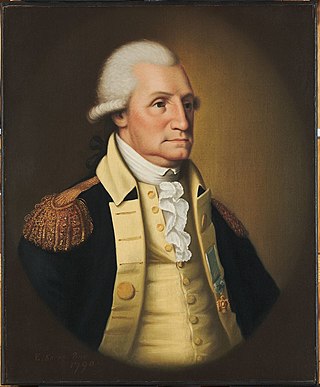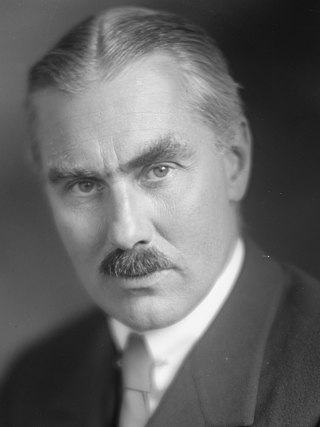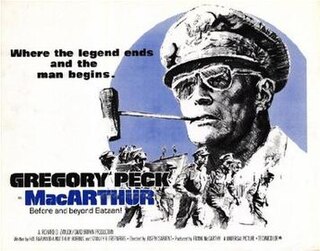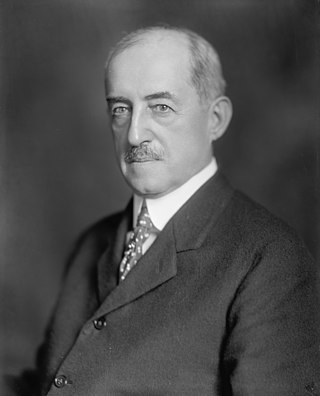
Chester William Nimitz was a fleet admiral in the United States Navy. He played a major role in the naval history of World War II as Commander in Chief, US Pacific Fleet, and Commander in Chief, Pacific Ocean Areas, commanding Allied air, land, and sea forces during World War II.

The Society of the Cincinnati is a fraternal, hereditary society founded in 1783 to commemorate the American Revolutionary War that saw the creation of the United States. Membership is largely restricted to descendants of military officers who served in the Continental Army.

USS Theodore Roosevelt (CVN-71) is the fourth Nimitz-class, nuclear-powered, aircraft carrier in the United States Navy. She is named in honor of Theodore Roosevelt, the 26th President of the United States and a proponent of naval power. She is the fourth ship named in honor of Theodore Roosevelt, three bearing his full name and a fourth with just his last name. Another three U.S. Navy ships have "Roosevelt" in their names in honor of members of the Roosevelt family. This carrier's radio call sign is "Rough Rider", the nickname of President Roosevelt's volunteer cavalry unit during the Spanish–American War. She was launched in 1984, and saw her first action during the Gulf War in 1991.

Raymond Ames Spruance was a United States Navy admiral during World War II. He commanded U.S. naval forces during one of the most significant naval battles that took place in the Pacific Theatre: the Battle of the Philippine Sea. He also commanded Task Force 16 at the Battle of Midway, comprising the carriers Enterprise and Hornet. At Midway, dive bombers from the Enterprise sank four larger carriers of the Imperial Japanese Navy. Most historians consider Midway the turning point of the Pacific War.

Ernest Joseph King was a fleet admiral in the United States Navy who served as Commander in Chief, United States Fleet (COMINCH) and Chief of Naval Operations (CNO) during World War II. He directed the United States Navy's operations, planning, and administration and was a member of the Joint Chiefs of Staff and was the U.S. Navy's second-most senior officer in World War II after Fleet Admiral William D. Leahy, who served as Chairman of the Joint Chiefs of Staff.

William Daniel Leahy was an American naval officer. The most senior United States military officer on active duty during World War II, he held several titles and exercised considerable influence over foreign and military policy. As a fleet admiral, he was the first flag officer ever to hold a five-star rank in the U.S. Armed Forces.

William Harrison Standley was an admiral in the United States Navy, who served as Chief of Naval Operations from 1933 to 1937. He also served as the U.S. ambassador to the Soviet Union from 1941 until 1943.

Joseph Clark Grew was an American career diplomat and Foreign Service officer. He is best known as the ambassador to Japan from 1932 to 1941 and as a high official in the State Department in Washington from 1944 to 1945. He opposed American hardliners, sought to avoid war, and helped to ensure the soft Japanese surrender in 1945 that enabled a peaceful American Occupation of Japan after the war.

Vice Admiral Robert Lee Ghormley was an admiral in the United States Navy who served as Commander, South Pacific Area during World War II. Ghormley was long considered to be an ineffective leader–overly cautious, pessimistic, and even defeatist–but recent scholarship has shown that while he may not have been an inspiring leader, he performed well under difficult circumstances.

James Roosevelt II was an American businessman, Marine, activist, and Democratic Party politician. The eldest son of President Franklin D. Roosevelt and Eleanor Roosevelt, he served as an official Secretary to the President for his father and was later elected to the United States House of Representatives representing California, serving 5 terms from 1955 to 1965. He received the Navy Cross while serving as a Marine Corps officer during World War II.

The National Museum of the Pacific War is located in Fredericksburg, Texas, the boyhood home of Fleet Admiral Chester W. Nimitz. Nimitz served as commander in chief, United States Pacific Fleet (CinCPAC), and was soon afterward named commander in chief, Pacific Ocean Areas, during World War II. The six-acre site includes the Admiral Nimitz Museum, which is housed in the old Nimitz Hotel and tells the story of Nimitz beginning with his life as a young boy through his naval career as well as the evolution of the old hotel.

The Allied leaders of World War II listed below comprise the important political and military figures who fought for or supported the Allies during World War II. Engaged in total war, they had to adapt to new types of modern warfare, on the military, psychological and economic fronts.

MacArthur is a 1977 American biographical war film directed by Joseph Sargent and starring Gregory Peck in the eponymous role as American General of the Army Douglas MacArthur.

Robert Walton Moore was an American politician. A lifelong resident of Fairfax, Virginia, he served as a state senator, member of the Virginia Constitutional Convention of 1902, with the Interstate Commerce Commission and in the United States House of Representatives from 8th Congressional District. One of few Virginia politicians to embrace the New Deal, Moore interrupted his retirement to serve as Assistant Secretary of State until his death.

Wilson Brown, Jr. was a vice admiral of the United States Navy who served in World War I and World War II. Brown turned 60 in April 1942, making him one of the oldest American naval officers to serve in combat during World War II.

John Howard Hoover was a United States Navy admiral who held several flag commands during World War II most notably those in the Central Pacific under Chester W. Nimitz. Hoover became one of Nimitz's trusted if little known admirals of the Pacific war.
The following is a timeline of the first premiership of Winston Churchill, who was the Prime Minister of the United Kingdom from 1940 to 1945 and again from 1951 to 1955. Churchill served as the Prime Minister of the United Kingdom during the bulk of World War II. His speeches and radio broadcasts helped inspire British resistance, especially during the difficult days of 1940–41 when the British Commonwealth and Empire stood almost alone in its active opposition to Nazi Germany. He led Britain as Prime Minister until victory over Nazi Germany had been secured.

From March 12 to June 27, 1940, voters of the Democratic Party elected delegates to the 1940 Democratic National Convention through a series of primaries, caucuses, and conventions. Incumbent President Franklin D. Roosevelt was selected as the party's presidential nominee despite not formally declaring a campaign for a third term. Supporters effectively drafted Roosevelt, who was non-committal about seeking re-election, amid rising concerns over war in Europe.
The presidency of Franklin D. Roosevelt began on March 4, 1933.

















